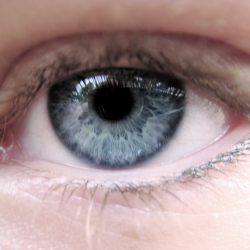
A Florida startup called Magic Leap announced Tuesday that it had received $542 million in funding from major Silicon Valley investors led by Google to develop hardware for a new kind of augmented reality hardware. The secretive startup has yet to publicly describe or demonstrate its technology, and declined an interview request.
But patent and trademark filings reveal the kind of technology that Magic Leap plans to use to create what the company’s CEO and founder Rony Abovitz has called “the most natural and human-friendly wearable computing interface in the world.” The filings describe sophisticated display technology that can trick the human visual system better than existing virtual reality displays (such as the Oculus Rift) into perceiving virtual objects as real. The display technology used in most devices can show only flat, 2-D images. Headsets like the Oculus Rift trick your brain into perceiving depth by showing different images to each eye, but your eyes are always focused on the flat screen right in front of them.
When you look at a real 3-D scene, the depth at which your eyes are focused changes as you look at objects at different distances away. “If we leave out those focus cues we get an experience that’s not quite realistic,” says Gordon Wetzstein, who leads the Computational Imaging Research Group at Stanford University. Magic Leap’s patents suggest an alternative approach. They describe displays that can create the same kind of 3-D patterns of light rays, known as “light fields,” that our eyes take in from the real objects around us. Wetzstein and other researchers have shown that this allows your eyes to focus on the depths of an artificial 3-D scene just as they would in the real world, providing a far more realistic illusion of virtual objects merged with the real world.
